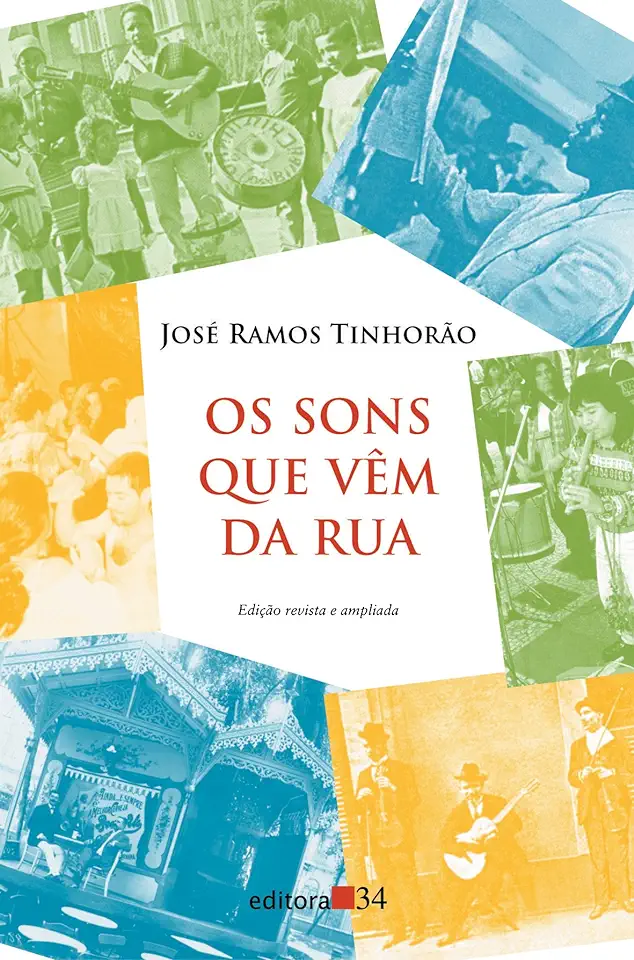
The Sounds That Come from the Street - José Ramos Tinhorão
The Sounds That Come from the Street: A Journey Through Brazilian Music
Introduction
In his book "The Sounds That Come from the Street," José Ramos Tinhorão takes readers on a captivating journey through the vibrant and diverse world of Brazilian music. With a wealth of knowledge and passion for the subject, Tinhorão weaves together a rich tapestry of musical traditions, rhythms, and melodies that have shaped the cultural identity of Brazil.
A Melting Pot of Musical Influences
Brazil, a nation known for its cultural diversity, is a melting pot of various ethnicities and influences. Tinhorão delves into the origins of Brazilian music, tracing its roots back to the indigenous peoples, African slaves, and European colonizers who contributed to the country's musical heritage. He explores how these diverse influences have blended and evolved over time, giving rise to a unique and captivating musical landscape.
The Rhythms of Brazil
One of the most striking features of Brazilian music is its rhythmic complexity and diversity. Tinhorão provides an in-depth analysis of the various rhythms that form the backbone of Brazilian music, including samba, bossa nova, choro, and frevo. He explains the intricate patterns, syncopations, and polyrhythms that make Brazilian music so captivating and dance-inducing.
The Voices of Brazil
Tinhorão also pays tribute to the remarkable vocalists who have graced the Brazilian music scene. He profiles legendary singers such as Carmen Miranda, João Gilberto, Elis Regina, and Chico Buarque, highlighting their unique styles, contributions, and impact on Brazilian music. Through their voices, Tinhorão showcases the emotional depth, storytelling power, and sheer talent that have made Brazilian music beloved around the world.
The Social and Political Context
Tinhorão recognizes that music is not merely a form of entertainment but also a reflection of society and its struggles. He explores the relationship between Brazilian music and the country's social and political history, demonstrating how music has been used as a tool for resistance, protest, and social change. Tinhorão sheds light on the role of musicians in addressing issues such as poverty, inequality, and political oppression, making "The Sounds That Come from the Street" not only a musical journey but also a thought-provoking exploration of Brazilian society.
Conclusion
"The Sounds That Come from the Street" is a comprehensive and engaging exploration of Brazilian music, offering readers a deep understanding of its origins, rhythms, voices, and social significance. José Ramos Tinhorão's passion for the subject shines through every page, making this book a must-read for anyone interested in Brazilian culture, music, and history. Immerse yourself in the vibrant sounds of Brazil and discover the rich tapestry of musical traditions that have made this nation a global powerhouse of music.